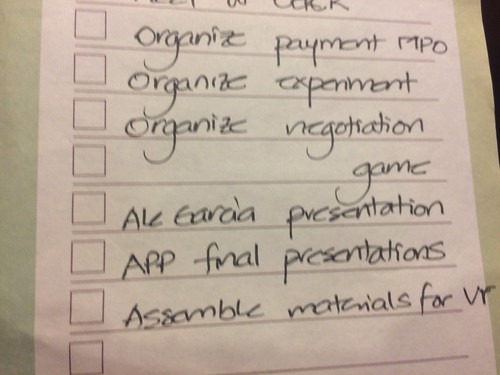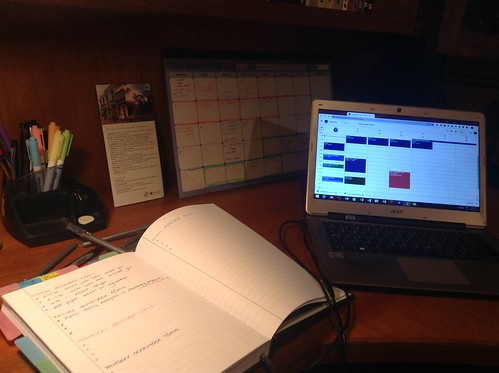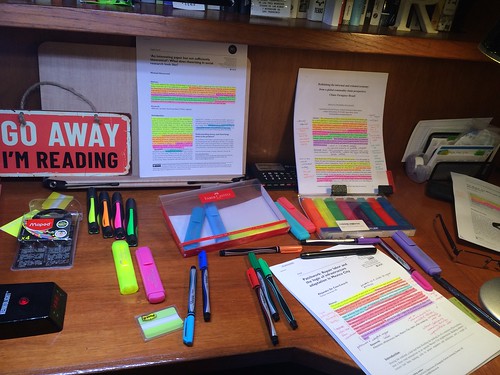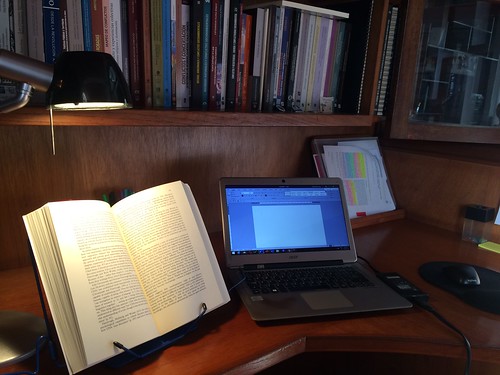Three of my PhD students are close to finishing their doctoral dissertations over the course of the next few months, and I’ve begun accepting new thesis advisees, so obviously I’ve again been thinking, obsessively, about crafting research questions, finding a gap in the literature, making the contribution our research makes quite clear, etc.
I’ve written extensively about the research process across multiple blog posts, and I’ve also had many conversations about this topic, both on social media and in person, with several scholars I deeply respect. I’ve also been reading other scholars’ blog posts and scholarly writing on the topic, for several reasons. This post is inspired by, and a summary of some of my reflections. I do plan to write another one where I offer a few suggestions of strategies to find the gap in the literature, carve a niche, develop a space, build upon others’ work.
The first, and most important, because I want to ensure that my PhD candidates are able to clearly state in their doctoral dissertations what their contributionto the literature is. If they don’t know where their dissertation is situated with respect to other scholars’ work, if they don’t understand how their research matters and what it adds to our understanding of the phenomena they are interested in examining, then I will feel as though I did not do a good enough job of mentoring them.
My thinking about this topic has evolved over the course of the years. I’ve been ruminating about this for a while, and while I acknowledge that I DO teach about finding a gap in the literature, I wonder if we should move our instruction in research design towards finding a SPACE in the literature: a specific location or intersection of bodies of work. And I have written about this but not in a systematic way: maybe more than looking for a gap in the literature and what hasn’t been done before, look for a new way of looking at things, a different application of Technique A into Field B.
Looking for a space within which our work can be read in a different and distinct way. For example, when I did my PhD, other people had used firm demographics as a method, but nobody had used it for the specific case studies I had (leather and shoe-making industries). This contribution actually remains to this day, and I defended my PhD a long time ago!
So, do we look for a gap in the literature, do we problematize? Do we carve a space or find a niche? Well, the answer isn’t yet as straightforward as I would like it to be.
One important component of academic writing and scholarly work is revising our priors, our previous work and how we thought and the guidance we provide(d). I’ve previously written about “finding a gap” in the literature as part of writing a doctoral dissertation proposal.
A conversation about what doing a PhD entailed led me to rethink how I think about “the gap”. I quote Barefoot Writer (who is no longer on Twitter/X”:
“I suspect a lot of us frame finding gaps as opening up space for ourselves that no one has claimed before, not adding some mortar to strengthen a crumbling edifice.
From a quick skim of the responses to Professor Chadwick’s viral tweet (which is also no longer available online), I think we’ve landed on a better framing of “finding the gap” as an exercise in creating a new scaffolding for advancing a particular field, claiming/opening up a new a space, building on others’ work.
In fact, if you ask my students (of any level, undergraduate honors thesis, Masters, or PhD) or my collaborators, the way I frame my own findings and contributions, and the approach I teach when I mentor students and early career scholars is using phrases like “I build on/I expand on/I extend Y theory/I test Y framework against a new case”
The core element in this discussion, I believe, is how we need to rethink theoretical and empirical contributions (which can and definitely will be, most of the time, incremental) as “adding to the conversation, building on previous work, extending, taking an idea further”.
With my own students, that’s how I discuss the “filling the gap” element. Even if you work on stuff I have worked on, you’re “extending Pacheco-Vega’s work by adding new cases, different theoretical lenses”, etc.
A less combative, dismissive approach to doing research.
Perhaps, then, “finding the gap in the literature” becomes “huh, here is an area of opportunity where I can add to the conversation/offer a different perspective/provide an additional analytical lens or theoretical framework”.
And in my teaching (I teach research methods, in addition to my core disciplinary and field courses), I do the same. I tell them that original ideas are hard to come by, and that because of the vastness of the published scholarship (and what doesn’t even get published that is still a contribution, and what is not considered academic work but offers enormous insights).
it will be hard to come up with a really truly, groundbreaking, nobody-ever-thought-of-this idea. We see this constantly on tweets dunking on scholarship in fields where other scientists already did what some saw as “novel”.
A better approach? Finding “your space”.
I don’t think I can really revise my older blog posts on “finding the gap” to reflect my thinking now because I think my writing should show my incremental evolution, and how my ideas have evolved, although I believe I always tried to make it clear in my writing that for me, even if we find “a gap in the literature” it’s a space where we build upon where others have already done the earlier work. Even in this post I wrote on how to find a gap in the literature after reading a tonne of articles, I show my skepticism of the gap framing, but still try to read it generously.
This post shows my reflections over the past few years about gap-spotting (finding the gap in the literature), and how my ideas have evolved to a less combative approach, finding a space where we can contribute. Hopefully these reflections will help you think through strategies to create a space, carve a niche or develop a scaffolding building on others’ work for your own research.
A few additional resources and links to folks’ writing that has helped me refine my thinking:
- Pat Thomson on the problem with talking about gaps in the literature and on making a case for your research
- Jo Van Every on reasons why you don’t necessarily need to fill out a gap in the literature



































Recent Comments